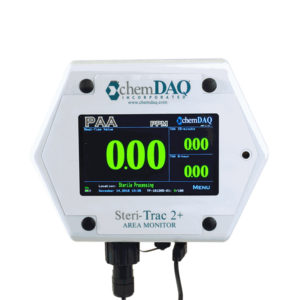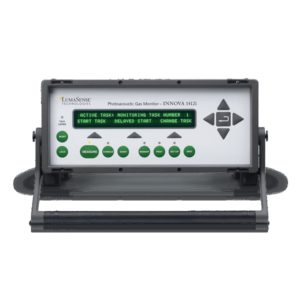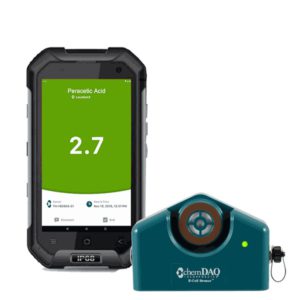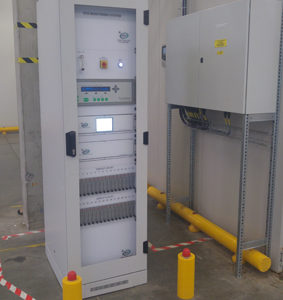Ethylene Oxide Gas Detection
Ethylene Oxide Gas Detectors – Portable gas detectors from a1-cbiss for the detection of Ethylene Oxide.
CAS Number: 75-21-8
TWA: 5ppm
Properties
Ethylene Oxide (C2H4O) is a colourless highly water-soluble substance that is in its gaseous state at normal (room) temperature and has an ether-like odour. Its explosive range is very wide with an LEL of 3.0% and a UEL of 100%. With a very low ignition point of -17.8ºC its vapour is volatile enough to explode even in the absence of air / oxygen.
Dangers
Ethylene Oxide is listed as a human carcinogen because it can cause various types of cancer. Exposure to high levels of Ethylene Oxide can cause man problems to human organs. Paralysis and damage the kidneys and liver is common. It can cause emphysema, pneumonia, pulmonary edema, headaches, nausea, vomiting, lack of coordination and memory loss. Ethylene Oxide can severely irritate the eyes, skin, throat, lungs, and respiratory passage. Long-term exposure can cause brain and nervous system problems and cataracts. Exposure to ethylene oxide can cause a pregnant woman to have a miscarriage and may damage the male reproductive glands.
Breathing low levels of ethylene oxide can cause the same health problems but to a lesser degree. Skin contact with ethylene oxide can cause dermatitis, blisters, and burns.
Where is it found
Ethylene oxide is primarily used to make ethylene glycol, which is used to make antifreeze and polyester. Small amounts of ethylene oxide are used in pesticides, insecticides, and fumigants for spices, books, leather, paper, furniture, beekeeping equipment, and transportation vehicles. It is used to sterilize medical equipment and supplies and to purify cocoa, flour, coconut, fruits, dehydrated vegetables, and cosmetics. Ethylene oxide is also an ingredient in textiles, detergents, polyurethane foam, solvents, and adhesives.
Ethylene Oxide gas products
Showing all 8 results
-

ChemDAQ® Steri-Trac 2+ Peracetic Acid Monitoring System
-

GAS163 Ethylene Oxide Gastec Detector Tubes 0.05 – 3%
£31.95ex. VAT£38.34inc. VAT -

GAS163L Ethylene Oxide Gastec Detector Tubes 0.4 – 350ppm
£31.95ex. VAT£38.34inc. VAT -

GAS163LL Ethylene Oxide Gastec Detector Tubes 0.1 – 10ppm
£31.95ex. VAT£38.34inc. VAT -

GAS163TPM Ethylene Oxide (Tubes for Gastec Automatic Air Sampling Pump)
£41.50ex. VAT£49.80inc. VAT -

Photoacoustic Gas Monitor 1412i
-

SafeCide Portable Peracetic Acid Monitor
-

Sampling Systems




